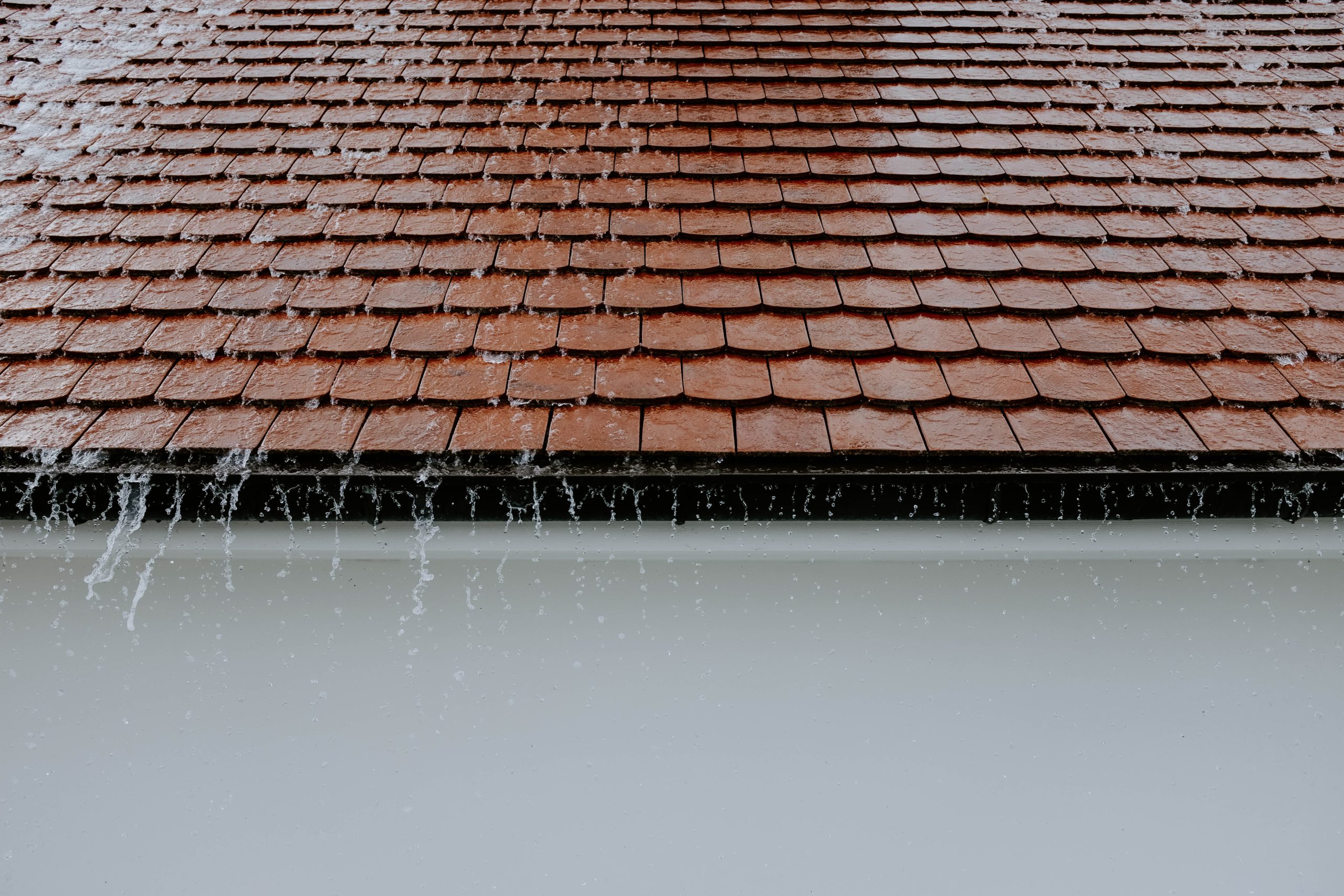
It is not a good sign to find water leaking from your ceiling. Whether you are at home when the roof starts leaving or you come home and find your house wet due to the leakage, it is important to take immediate action to avoid further damage.
Even minor leaks in the roof can lead to serious water damage in the longer run. Take immediate action to minimize the damage and get in touch with a professional roofing contractor and get the roof inspected, repaired or replaced.
Before the contractor reaches your home and addresses the problem, you can do a few things to control the leak and minimize the damage.
- Containing the Leak
If water accumulates on the roof you will notice a bulge or discoloration in the ceiling from where water will be dripping. Immediately place a bucket or trash can underneath the site of the suspected leak. Get hold of an old screwdriver and puncture the center of the bulge where water has been accumulating. The new hole created will let the water drain out smoothly, relieving the pressure of the water puddle from the ceiling. If the water would keep accumulating the ceiling may end up collapsing due to the pressure.
- Covering the leak
If you are aware of the exact location of the leak, then you can try covering the spot with a tarp from the outside. If the location is risky and difficult to access, wait for the roofing professionals to arrive and let them inspect the roof and take action accordingly.
The roofing contractor will inspect the roof both from the exterior and inside. Inspecting the roof from inside can help see signs of water damage.
- Minimizing Interior Damage
Normally a leak starts when water starts pooling somewhere on the ceiling or in the attic. If the water finds no outlet to go like a vent, after some time the leak will spread, causing more damage. It is best to try and locate a bulge or wet patch in the ceiling from inside. Keep a bucket below the leak and poke a hole in the bulge to let the collected water flow out.
- Finding the Leak
The attic is the best place to start searching for any leaks. Look for any sign of moisture on the ceiling or wall or any places where water is dripping. It is important to understand that water will never drop down directly from the source of a leak. Water generally travels along the beams or seam in the roof before it starts dripping down. Bath fans, plumbing vents that are penetrating the roof should also be checked for any leaks.
- Maintaining the fixes
Once you find the leak, collect as much water as possible by placing buckets underneath the leak. Keep an eye on the buckets and empty them when full. After the storm or the rain stops pouring, use a dehumidifier to dry the roof faster. Use a tarp on the roof, if the leak is big.
If the roof is less than 15 years old, the contractor can maybe repair it on the spot instead of completely replacing the roof. Just remember that a small leak if not attended on time will get worse. Call an experienced roof contractor as early as possible and get your roof repaired or replaced.
Always be cautious while hiring a reputable, local roofing company or contractor whose work is recommended by people around you. Check their credentials and learn about their past works. Call them and ask for a quote before finalizing them to repair or replace your roof.
